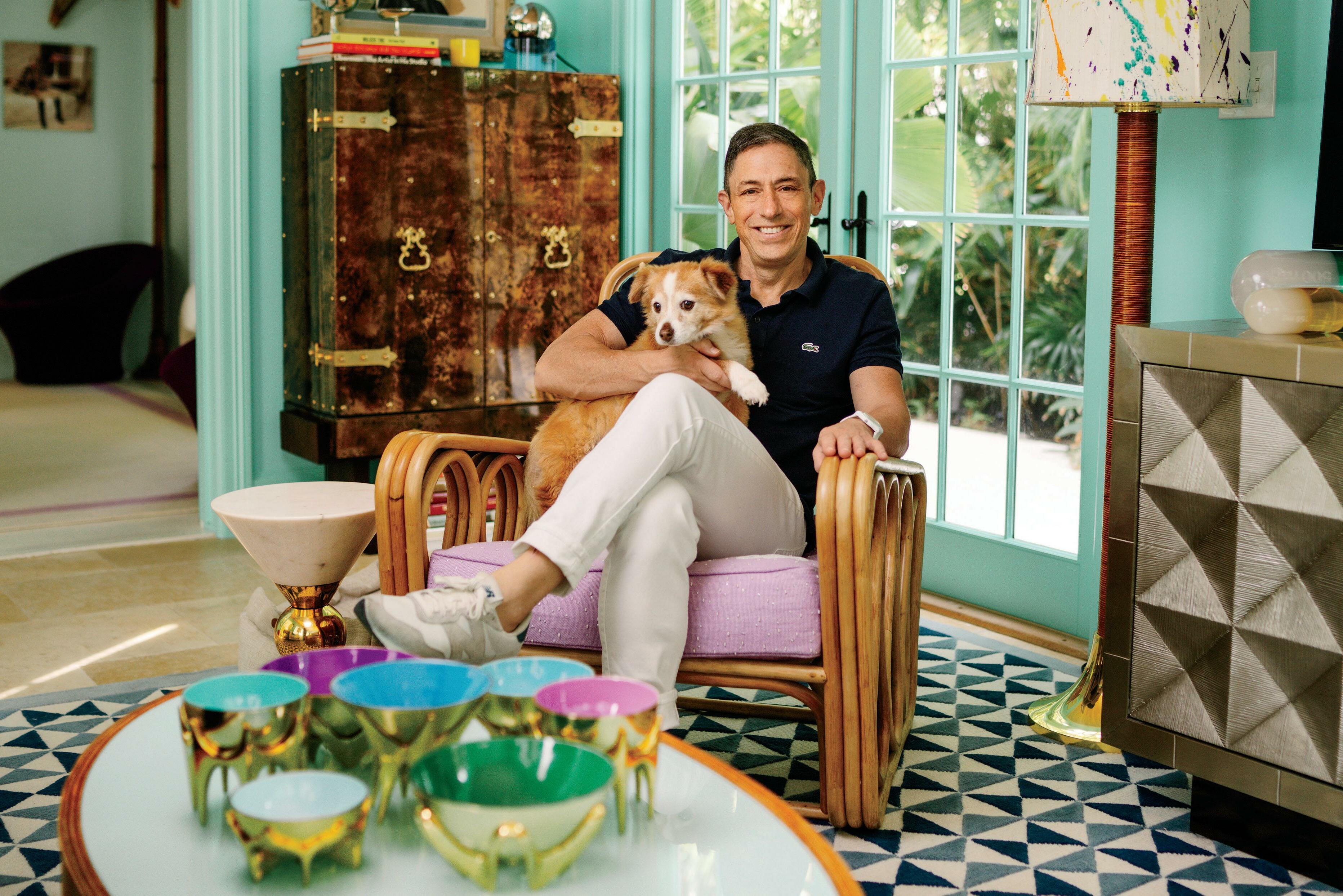Jonathan Adler never thought he’d become a brand. The one-time potter got his big break in 1993 by selling a collection of ceramics to Barneys New York, a deal that helped him launch his eponymous home decor and furniture company. After he’d opened a store in Manhattan’s SoHo neighborhood in 1998, Jonathan Adler became synonymous with a design aesthetic Adler describes as “modern American glamour.” Today, the company operates 10 stores—nine in the U.S. and one in London—that sell everything from lacquered furnishings to rugs to porcelain canisters with cheeky labels such as Ganja, Calories, and Puppy Uppers. Last year, annual revenue reportedly neared $150 million.
In January, Consortium Brand Partners, a private equity firm founded in 2022, acquired Jonathan Adler for an undisclosed sum. Adler will stay on as chief creative officer. The transaction marked his company’s second PE deal: It sold a stake to GF Capital in 2008. CBP’s two other investments are in actor and entrepreneur Reese Witherspoon’s fashion label, Draper James, and the athleisure brand Outdoor Voices. CBP plans to grow Jonathan Adler’s brick-and-mortar presence while adding new product categories for its wholesale business. Inc. spoke with Adler about the evolution of his brand, bad decisions, and the benefits of growth capital.
How are you feeling post-acquisition?
Fantastic. I’m always up for a new challenge and for what’s next. The more opportunities I have to spread my vibe, the happier and more fulfilled I will be.
What’s next for you and the business?
In these deals, everyone has to be happy. For me, the most important thing is that I am a lifer. I’m always looking for the opportunity to make even more great stuff. We fully intend to continue to grow the upstairs part of the business—the high end, which is the core of what I do. The pottery and furniture and pillows, my creative canvases, we’re going to make more and better. We’re also looking for opportunities to make incredible stuff at more accessible price points. A lot of my stuff is very expensive, but I believe there's a way to make great quality and meet people where they are financially. I’m hoping my new partners will help me and together we will find those opportunities.
Looking back at the past 31 years of your company, what milestones or inflection points stand out?
I think probably the most important thing to communicate is just how much of an outsider moron I was when I started. I just wanted to make some pots. It was a different time. I’d heard of entrepreneurs, but I’d certainly never heard people call themselves “founders,” and I’d never heard the word “brand” used for anything other than cereal. The spirit of what I do just came from my desire to make stuff. The first major inflection points were getting an order from Barneys and then, five years into being a solo production potter, understanding that I needed a workshop in Peru to help make my pots. Number three would be opening my first store.
Are there any strategic decisions that you’ve made over the years that you would go back and change?
Narrowing that down is hard because to say I’ve made bad decisions is the understatement of the millennium. But one that comes to mind is that when I started manufacturing in Peru—before then, I was making every pot myself—Customs said, “There are no ‘Made in Peru’ s...


